Il Rugby it is defined as a situational team sport, in which, although there are precise rules, it is then the dynamics of each single match that determine the specific tactical, energetic and physical demands. In this context, however, it is possible to identify two characterizing elements, the understanding of which can help us in setting up an athletic preparation suitable for rugby:
- Physical contact: not only is it allowed (respecting some parameters, such as not above the shoulder line and not on players without the ball), but it is an essential part of rugby when tackling the opponent to prevent him from reaching the goal line .
- Passing the ball with your hands: they can only be performed backwards, consequently complicating the development of the actions and the related energy demands. In addition to this, the other possibilities of moving the ball are in fact holding it in the hands and running forward, or kicking it with the feet forward.
The fundamental physical characteristics in rugby
From this brief introduction on the general characteristics of rugby, we can already draw the fundamental indications that identify the physical characteristics that players of this sport must have:
- important physical structures, such as to be able to withstand the "violent" impacts of the tackles
- Ability to speed e power, to develop large accelerations
- Ability to joint stabilization of the whole body and in particular of the knees and ankles, during decelerations and changes of direction
- Ability to mixed aerobic and anaerobic endurance (muscular), to be lucid and ready for the entire duration of the two 40-minute halves of the match
In summary, the rugby player, beyond the specificity of the role on the pitch, must be thick, fast, explosive, polished e reactive for the entire duration of the match. But if these abilities are to be built with an adequate and progressive training programming throughout the development of the seasonal periodization, what the rugby player must have in the competition is the right mix of two conditional abilities which in their extremes are at the exact antipodes , Resistance and Power, but which in a sport as complex as rugby must be perfectly integrated in what turns out to be the fundamental ability in the competition: the Resistance to Power.
Below is a gallery of the players of the South African franchise of Lions, among the most important in world rugby, while training with functional tools Sidea:
© Lions Rugby Company
Athletic preparation in rugby: Training Systems
Regarding the optimal training systems and techniques for conditioning Power Endurance, among the most common we have essentially two:
- Interval training, circuit with time intervals in which an exercise is followed by a short recovery time (incomplete recovery) and then by the following exercise (according to parameters which on average must respect the recovery time in the measure of half the work time) ;
- Circuit Training, repetition circuit in which the various exercises follow one another without any recovery time (the recovery time is at the end of the Circuit Training set).
What do you prefer between the two Training Systems? Based on the seasonal periodization, the ideal would be to follow up a Mesocycle of Strength (in which specific techniques are used to increase Maximum Strength levels) from one of Resistance to Power, in which to cyclically alternate between Interval Training and Circuit Training, also on the basis of the choice of exercises and the tools available for carrying out the training sessions.
For example, if you use a Interval training (20:10 or 30:15), built on 6 exercises for a total of 4 sets, we can use 6 specific exercises for the development of Power, with free body plyometric exercises and ballistic exercises with tools such as rocker, Kettlebells, clef etc.
In the case instead we use the Circuit Training, we can keep the 6 exercises for the 4 total sets, but in consideration of the fact that the recovery time between one exercise and the next (until the sixth exercise) must not be observed, we can concatenate a Strength exercise and a Power exercise, in order to also have a more effective transfer at a neuro-motor level and a greater freshness in the development of the training circuit.
Visualizza questo post on Instagram
The most suitable tools for athletic training in rugby
Among tools which have the optimal characteristics for the athletic preparation of a rugby team cannot be missing:
- Olympic barbells for the development of Maximum Strength (Squat, Deadlift, Bench Press, Overhead Press, Overhead Squat) and Maximum Power (Clean, Clean & Jerk, Push Press, Snatch).
- Kettlebell for conditioning Power (Swing, Snatch, Clean & Push Press, Thruster), Strength and Stability (Overhead Squat, Windmill) and also excellent in structuring training circuits for Power Resistance.
- Clave, perfect for strengthening the entire shoulder girdle in the three planes of movement and for creating a strong and solid upper structure that supports tackles, as well as for working on the hips in the transverse plane to condition changes of direction.
- Gym sled e Big tubing, for the work of transforming the Force into Explosive Force and Fast Force.
- Flying suspension training e Flowbags, for Core Training and joint stabilization work (Flying is also excellent for developing global Joint Mobility exercises in myofascial chain to be used before and after the central part of training).
- Foam Roller: for the fundamental myofascial release in the post training session.
Below is a short video where we can see combinations of exercises for the development of Power Resistance in sports situations such as Rugby.
di Aemilius Trojan
Master Trainer of WTA International Functional Training Academy
NEWSLETTER SIDEA
Subscribe to our newsletter to receive news, promotions and insights on the world Sidea
La WTA Functional Training Academy forma Trainer of Functional Training since 2009, and starting from April 2019 alongside the historic on-site training courses, it offers the brand new Online training courses rich in practical technical content (over 180 video lessons, ebooks and training cards), for specialize inFunctional Training for Athletic Sports Preparation aimed at increasing performance and preventing injuries from indirect trauma and from stress/overload.
To find out how to specialize in the Athletic Functional Training® training system, click on the banner below and access the info page Athletic Functional Training® Instructor Training course.
Also you can download the brand new for free Application on Functional Training which allows you to create training programs both for physical preparation for various sports, for post-traumatic recovery and for generic physical objectives.
Click on the banner and discover all the features of this extraordinary App that you can download for free on your smartphone and tablet.




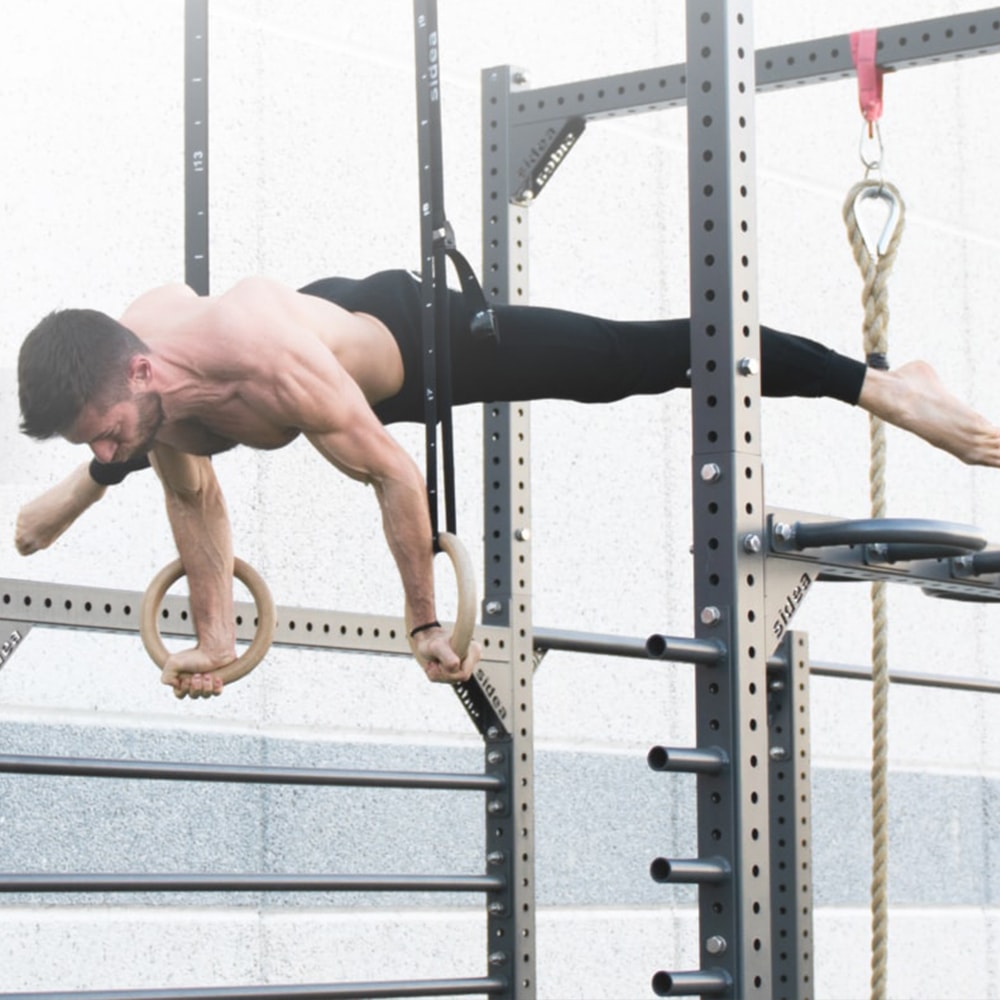
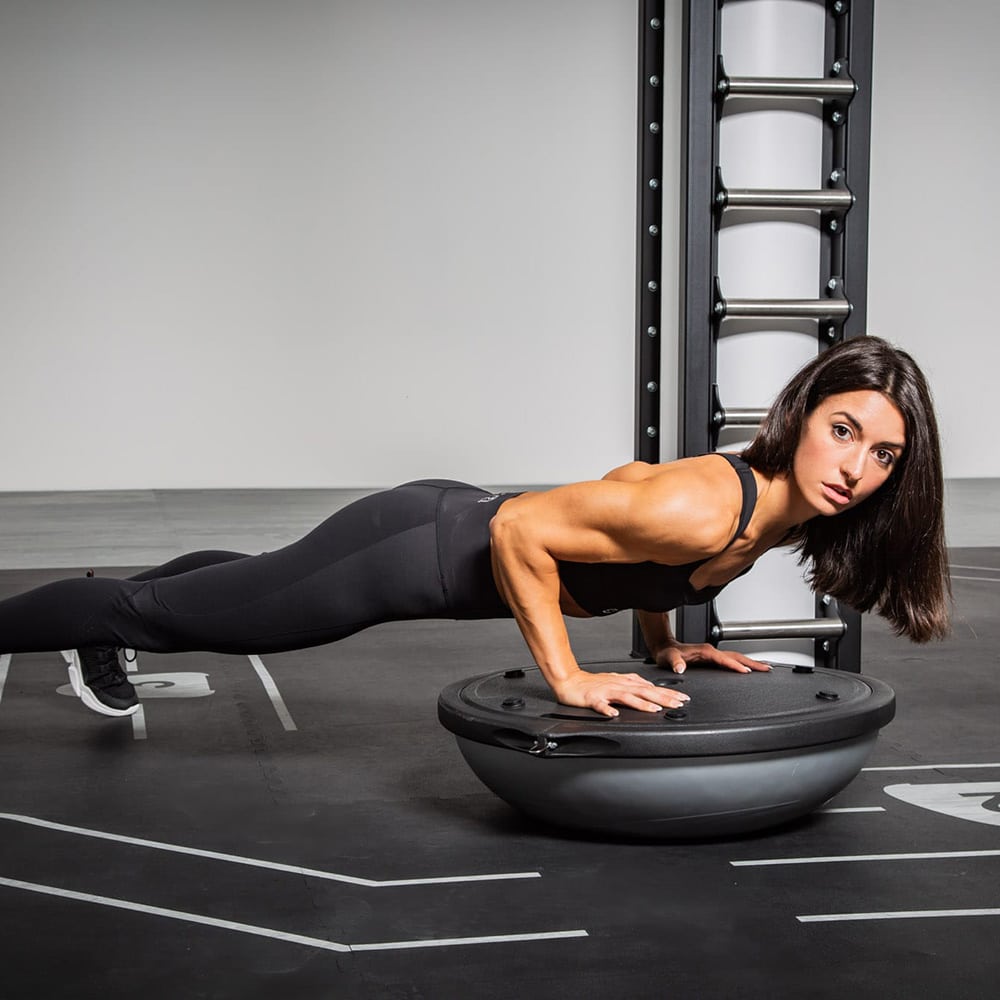

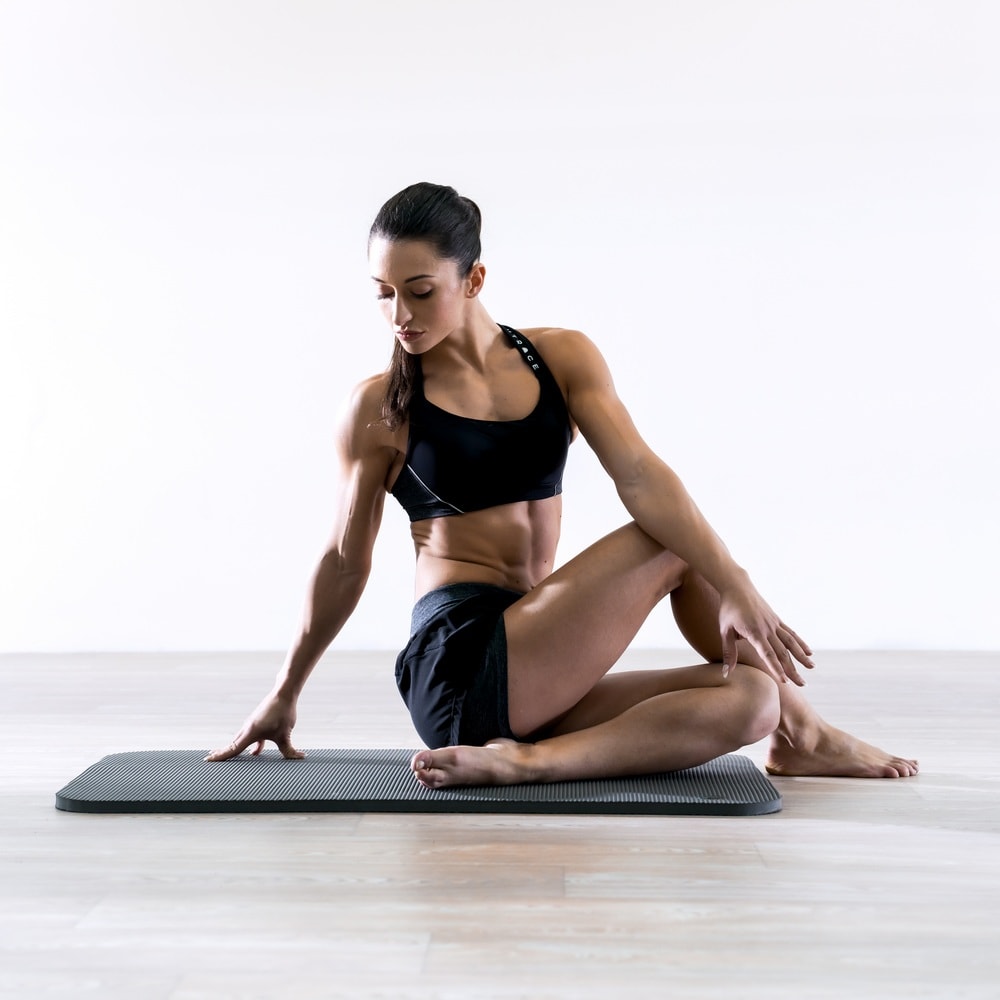
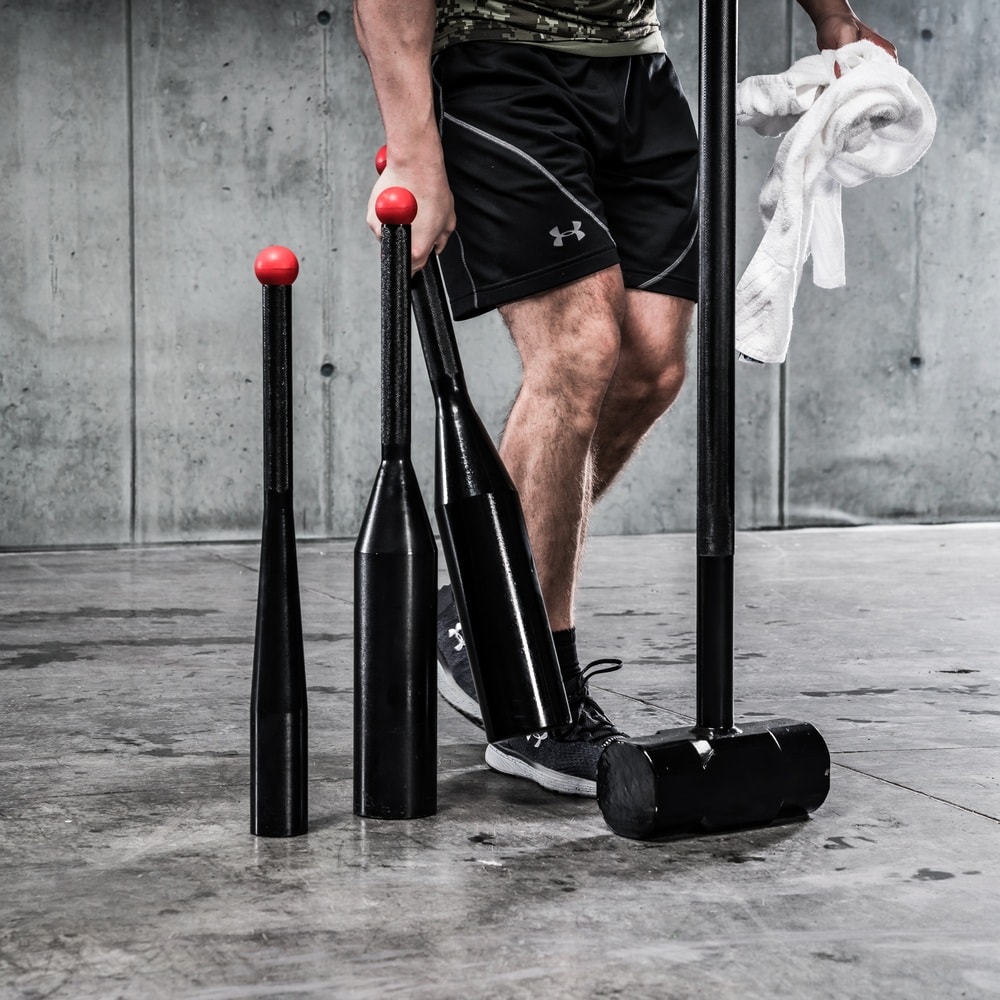
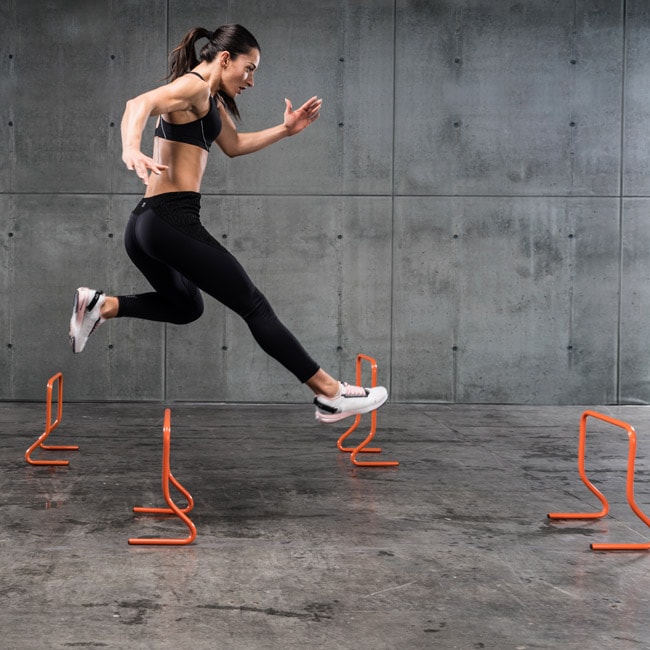

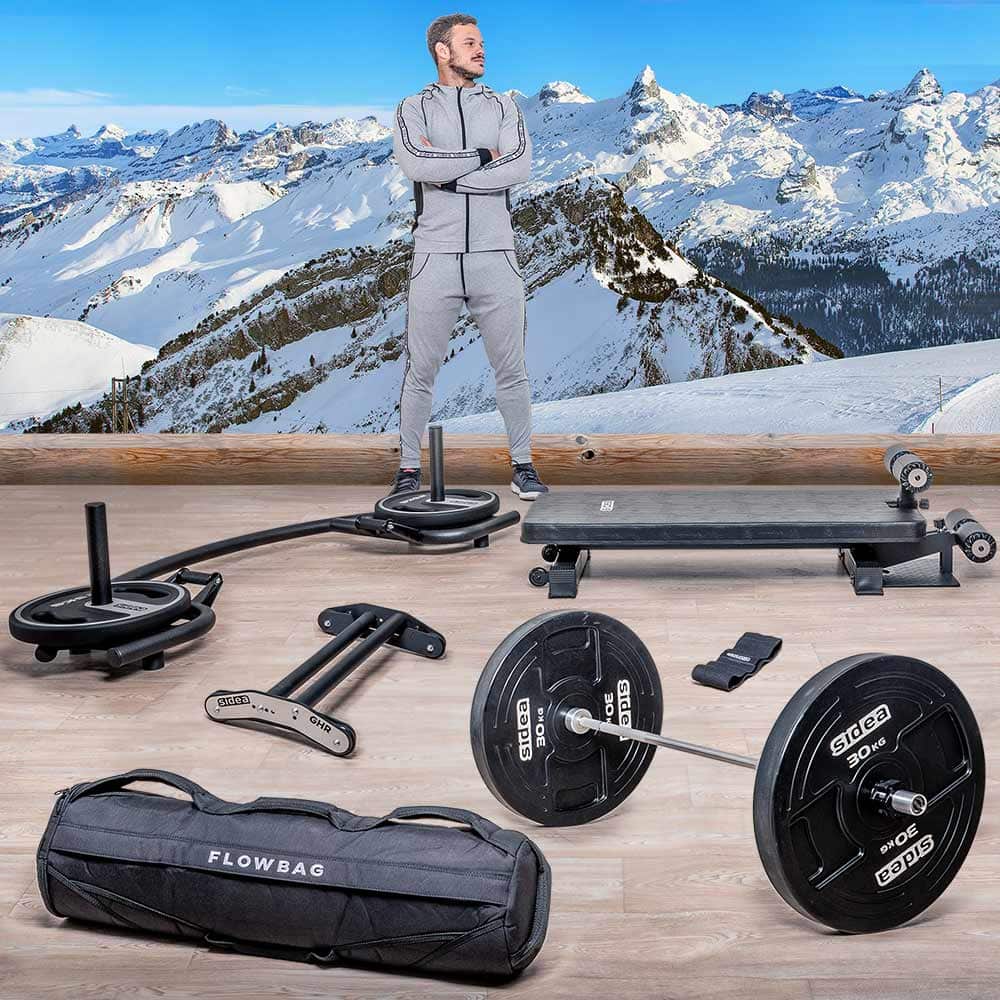
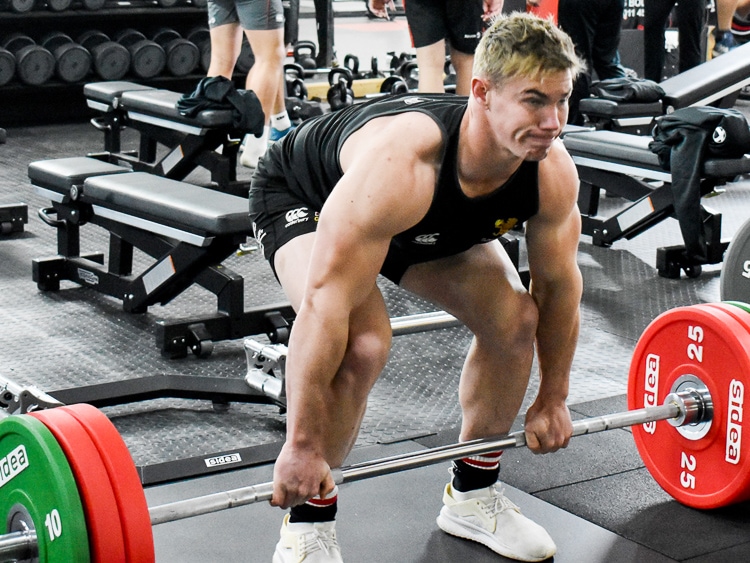
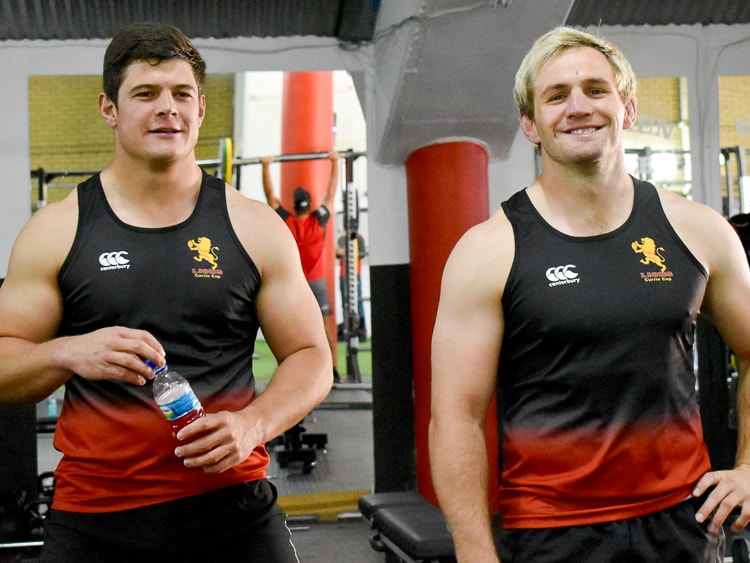


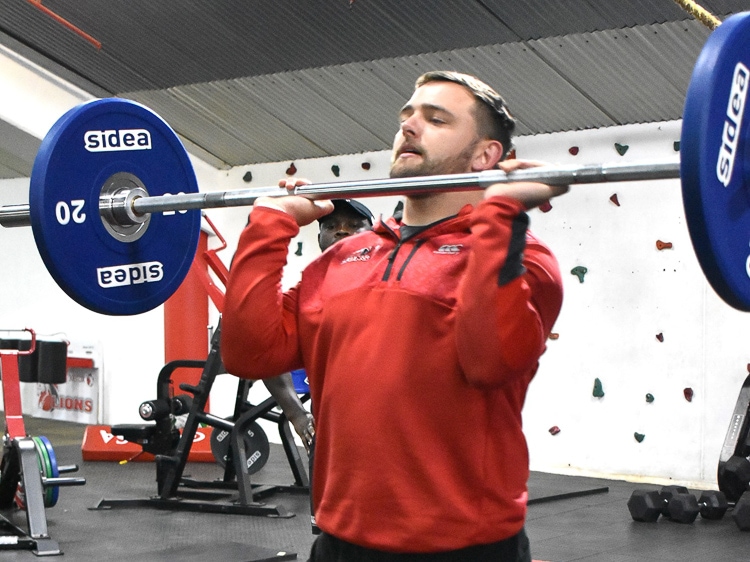
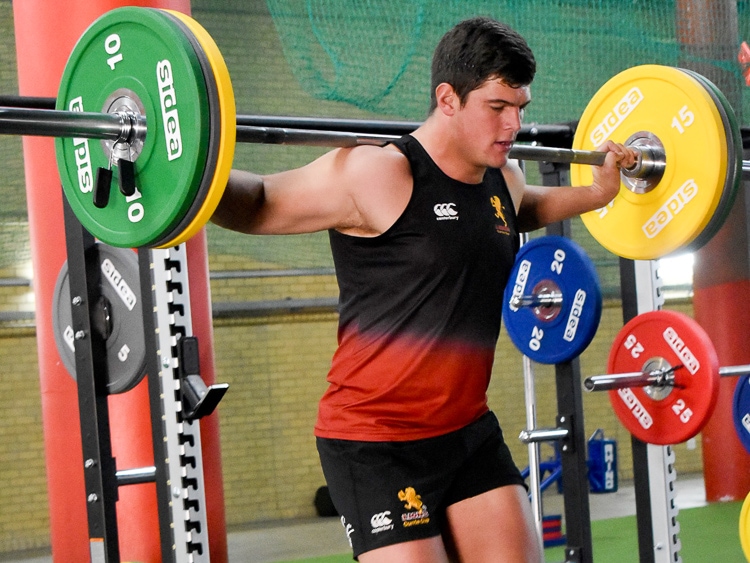
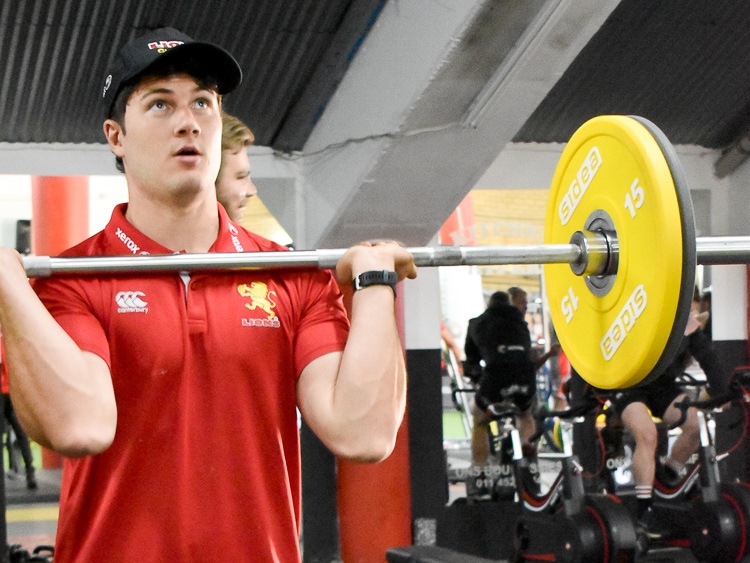

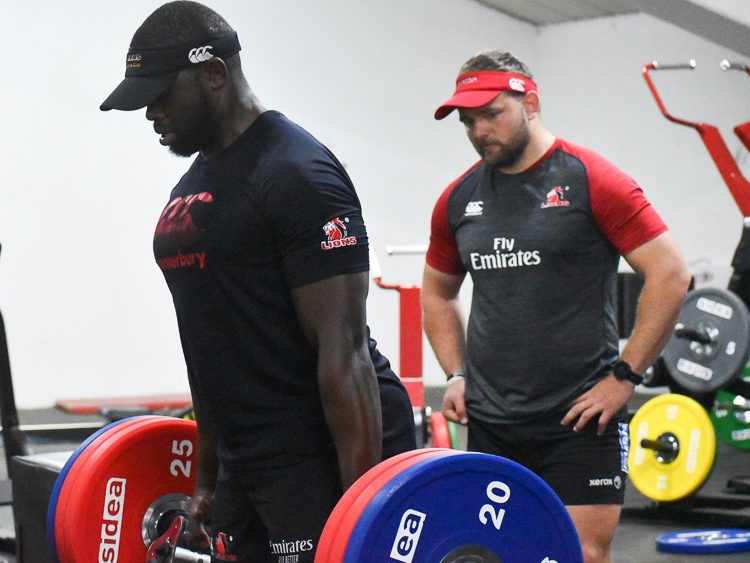
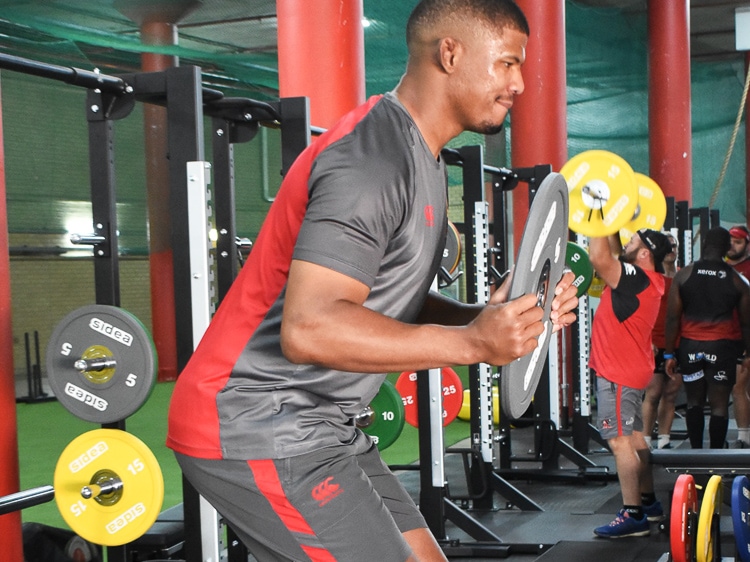
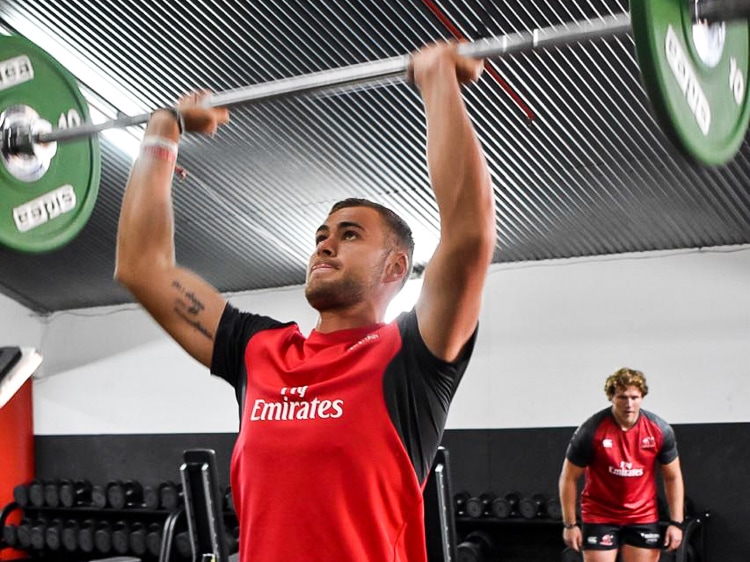

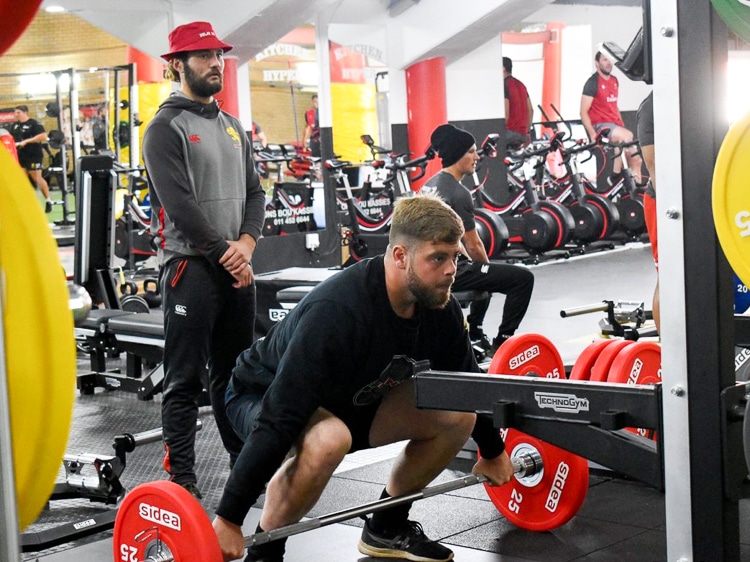

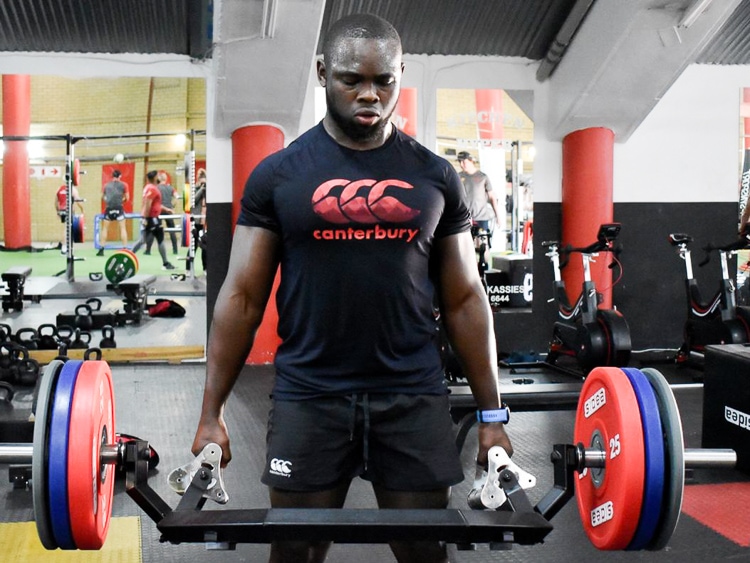
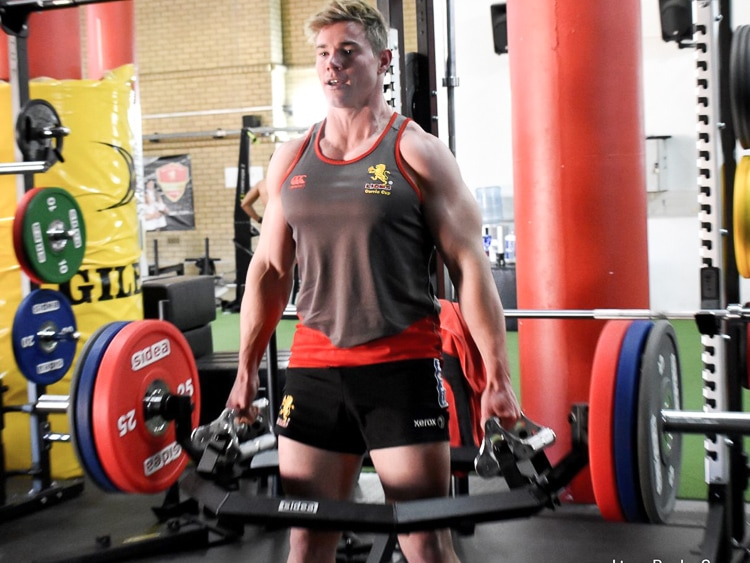
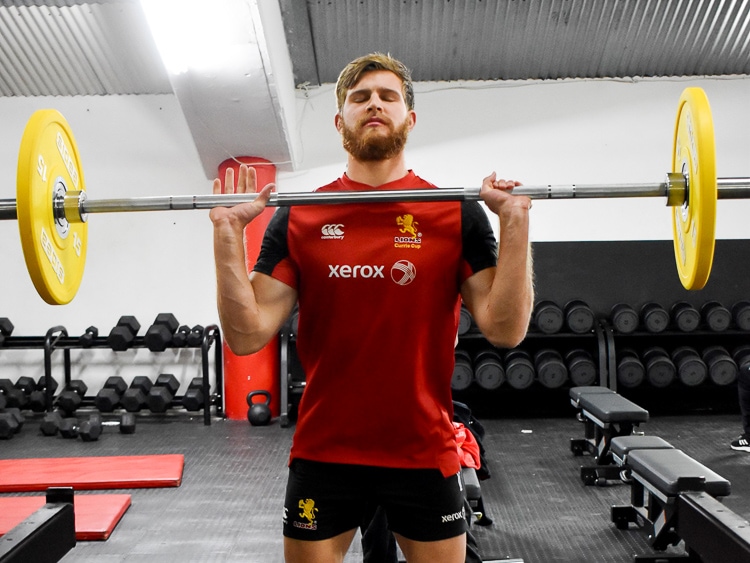


Spectacular